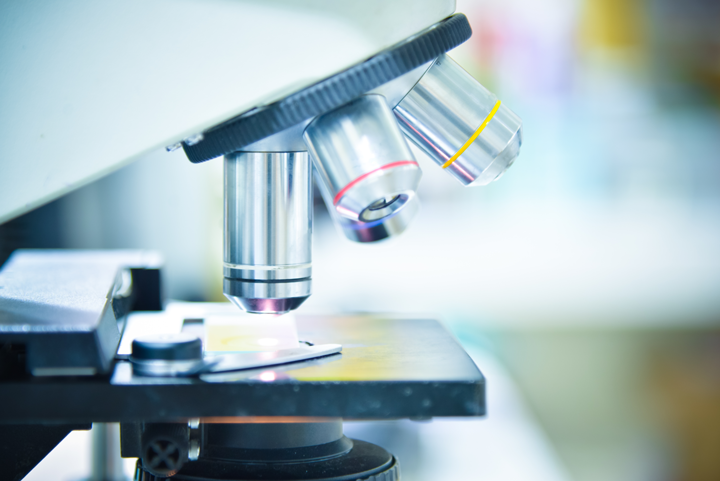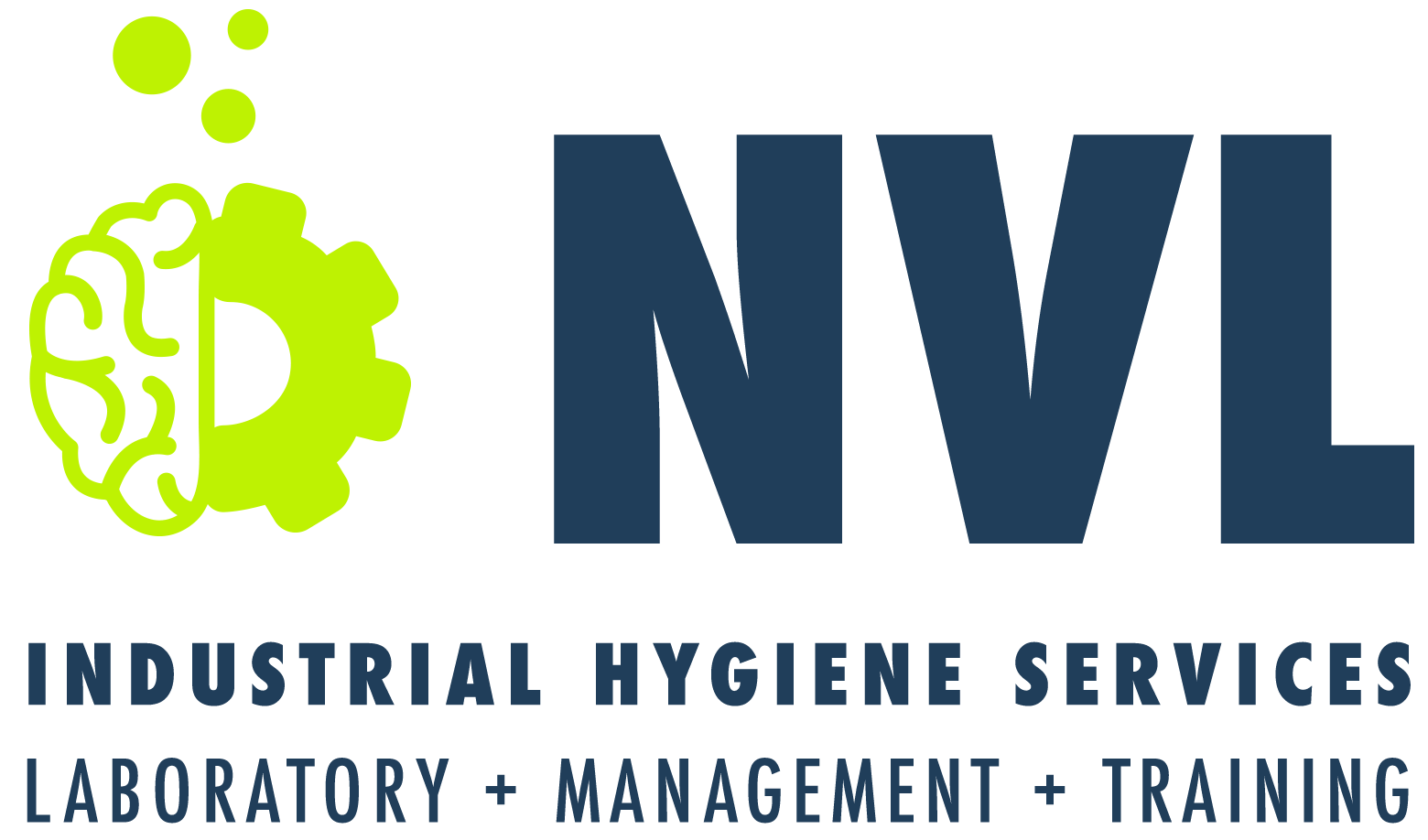DoD Accredited Lab Services
DoD Accredited Lab Services

NVL Laboratories is accredited by US Department of Defense Environmental Laboratory accreditation Program (DoD-ELAP) in conjunction with PJLA Testing Accreditation # 72200 to perform analytical testing services as listed below.
US DoD-ELAP is an accreditation program standardizing the laboratory testing requirements of the Navy, US Army Corps of Engineers, and Air Force Center for Engineering and the Environment. NVL Laboratories has satisfied all program requirements and is accredited by US DoD-ELAP to conduct laboratory testing for all military-related environmental projects.
The DoD-ELAP accreditation program sets specific guidelines for laboratory operations and quality systems implementation, the basis for DoD-ELAP program is the DoD Quality Systems Manual for Environmental Laboratories Version 5.3 which is associated with NELAP and ISO/IEC 17025:2017 standards for testing laboratories. These standards are already established as the baseline for NVL Laboratoriesʼ quality systems.
NVL Laboratories is currently the only laboratory accredited by DoD-ELAP in the United States to perform the following analyses:
NVL Laboratories is currently the only laboratory accredited by DoD-ELAP in the United States to perform the following analyses:
- Multi-metals in Air by ICP-AES using NIOSH 7300 Method
- Bulk Asbestos by PLM using EPA 600/M4-82/020 Method
- Bulk Asbestos by PLM using EPA 600/R-93/116 Method
- Bulk Asbestos by PLM-Point Count using CARB Method 435
NVL Laboratories is also DoD-ELAP accredited to perform the following analyses:
NVL Laboratories is also DoD-ELAP accredited to perform the following analyses:
- Airborne Asbestos by PCM using NIOSH 7400 Method
- Lead (Pb) in Air by FAA using NIOSH 7082 Method
- Lead (Pb) in Solid by FAA using EPA 7000B Method
- Multi-metals in Solid by ICP-AES using EPA 6010 Method
- Mercury in Solid by CVAA using EPA 7471 Method
- Toxicity Characteristic Leaching Procedure using EPA 1311 Method
NVL Laboratories is equipped to handle projects with large sample volume and has established an electronic delivery system that provides test results conforming to the standards of US Department of Defense reporting packages Levels I, II, III and IV.


